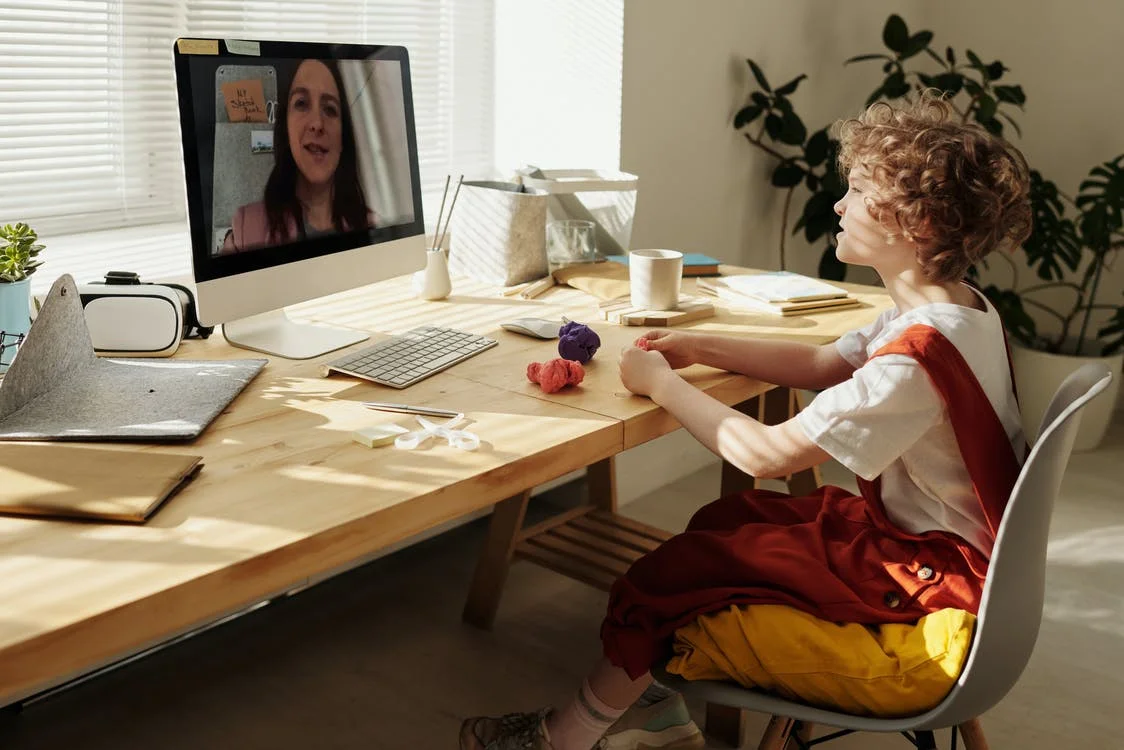Exploring the World from the Classroom: The Magic of Virtual Field Trips 🌍🎒
In today’s digital age, the idea of field trips has evolved beyond the traditional bus ride to a distant museum or historical site. Thanks to technology, virtual field trips now allow students to experience the world from the comfort of their classrooms—or even their homes! 🌟 From ancient civilizations to the deep sea, the opportunities for immersive learning are limitless. Let’s explore how virtual field trips are transforming education! 🧳
1. What Are Virtual Field Trips? 🖥️🚶♂️
A virtual field trip is an online, immersive experience that allows students to explore new places, cultures, and concepts in an interactive and engaging way. With the help of video tours, 3D simulations, and real-time streaming, students can visit museums, historical landmarks, natural wonders, and more—without ever leaving their desks. 🏛️✨
These virtual trips are powered by technology, such as Google Earth, 360-degree videos, and even live interactions with experts across the globe. 🌐
2. Benefits of Virtual Field Trips 📚💡
Access to Global Locations 🌍
Virtual field trips remove geographic and financial barriers, allowing students to visit places they might not otherwise have the chance to experience. Whether it’s the Great Barrier Reef 🐠 in Australia or Machu Picchu 🏞️ in Peru, the world becomes their classroom.
Cost-Effective Learning 💰
Traditional field trips often come with high costs, from transportation to entry fees. Virtual trips eliminate these expenses, providing a budget-friendly alternative while still offering rich educational content.
Increased Engagement and Interaction 👩🏫✨
Students can interact with experts, ask questions, and even control their own learning experience by choosing different routes or sections to explore. This interactive approach keeps students engaged and encourages active participation.
Incorporating Diverse Learning Styles 🧠
Virtual field trips are highly versatile and can be tailored to various learning styles. Visual learners thrive on the vivid imagery of virtual tours, while auditory learners benefit from expert commentary or live discussions. 🤔
3. Examples of Virtual Field Trips 🌍🎒
1. Museum Tours 🖼️
- The Louvre (Paris, France): Explore famous art collections and ancient artifacts from the comfort of your classroom.
- Smithsonian National Museum of Natural History (Washington, D.C.): A digital walk through dinosaur fossils, gems, and ancient civilizations.
2. Natural Wonders 🌲
- Yellowstone National Park (USA): Experience geysers, hot springs, and wildlife through an immersive 360° video tour.
- The Great Barrier Reef (Australia): Dive into the crystal-clear waters to explore coral reefs and marine life with a live guide.
3. Historical Landmarks 🏛️
- The Pyramids of Giza (Egypt): Virtually stand before the ancient wonders of the world and learn about their construction and historical significance.
- The Colosseum (Rome, Italy): Explore the ancient Roman amphitheater, experiencing the grandeur of gladiator contests and historical events.
4. Space Exploration 🚀
- NASA Virtual Tours: Embark on a virtual journey to outer space, exploring the International Space Station, the Mars Rover, and the Hubble Space Telescope.
4. How Virtual Field Trips Enhance the Curriculum 📚✏️
Virtual field trips are not only exciting—they are powerful tools for educational enrichment. Here are some ways they align with and support the curriculum:
- History and Social Studies: Travel to ancient ruins, visit significant historical sites, or even participate in live discussions with experts in history, all of which make historical learning come to life. 🏺📜
- Science: Explore ecosystems, study geology, and observe the effects of climate change in real-time with virtual visits to remote environments like the Arctic or the Amazon Rainforest. 🧬🌿
- Art and Culture: Virtual tours of museums and galleries around the world open up doors to visual arts, music, and cultural history that might otherwise be inaccessible to students. 🎨🎶
- Language and Literature: Experience the culture of a country where the language is spoken, enhancing language learning by connecting students with the places and people they are studying. 🌍🗣️
5. How to Maximize the Impact of Virtual Field Trips 🎒💻
While virtual field trips offer incredible opportunities, the experience can be even more impactful with careful planning. Here’s how to make the most out of your virtual journey:
- Pre-Trip Preparation: Before embarking on the trip, give students background information about the place or topic. This could include facts, maps, or even relevant videos to spark curiosity. 📝
- Interactive Activities: Have students complete tasks or assignments before, during, and after the virtual trip. For example, they could create a travel journal or a quiz to reinforce their learning. ✂️🖍️
- Q&A with Experts: Some virtual trips offer live chats or video calls with tour guides or experts. Encourage students to ask questions to deepen their understanding. 🗣️
- Reflection and Discussion: After the trip, hold a class discussion to share experiences and insights. Students can present findings or write short essays about what they learned. 📝
6. The Future of Education: Virtual Field Trips 🌟
As technology continues to advance, virtual field trips will become an even more integral part of education. The potential for augmented reality (AR) and virtual reality (VR) will take these trips to the next level, allowing students to immerse themselves in their surroundings like never before. 🎮🌐
Educators will continue to use virtual field trips to foster global awareness, cultural understanding, and problem-solving skills—skills that are essential for the future of education. 🌱
Conclusion: The World Is Your Classroom 🌍💼
Virtual field trips are opening up new realms of learning, giving students access to places and experiences they never thought possible. From the wonders of ancient history to the mysteries of space, the world is now within reach for every classroom, no matter where they are located. 🚀
By incorporating virtual field trips into the curriculum, we are creating global citizens, critical thinkers, and life-long learners ready to tackle the challenges of tomorrow. 🌟


